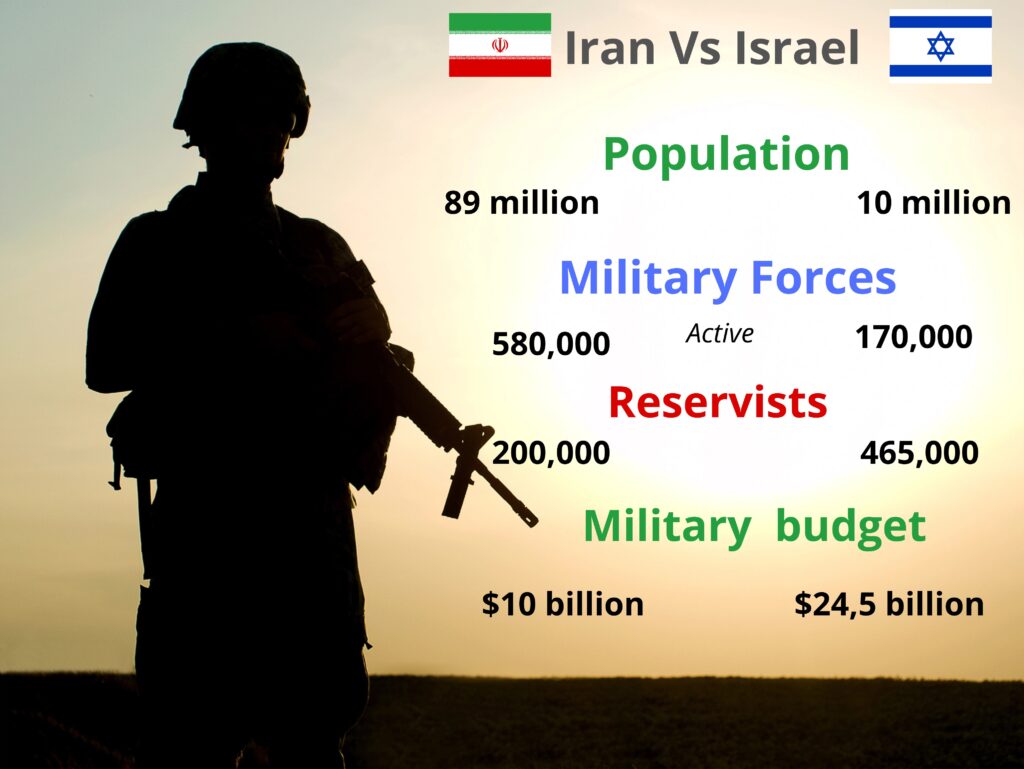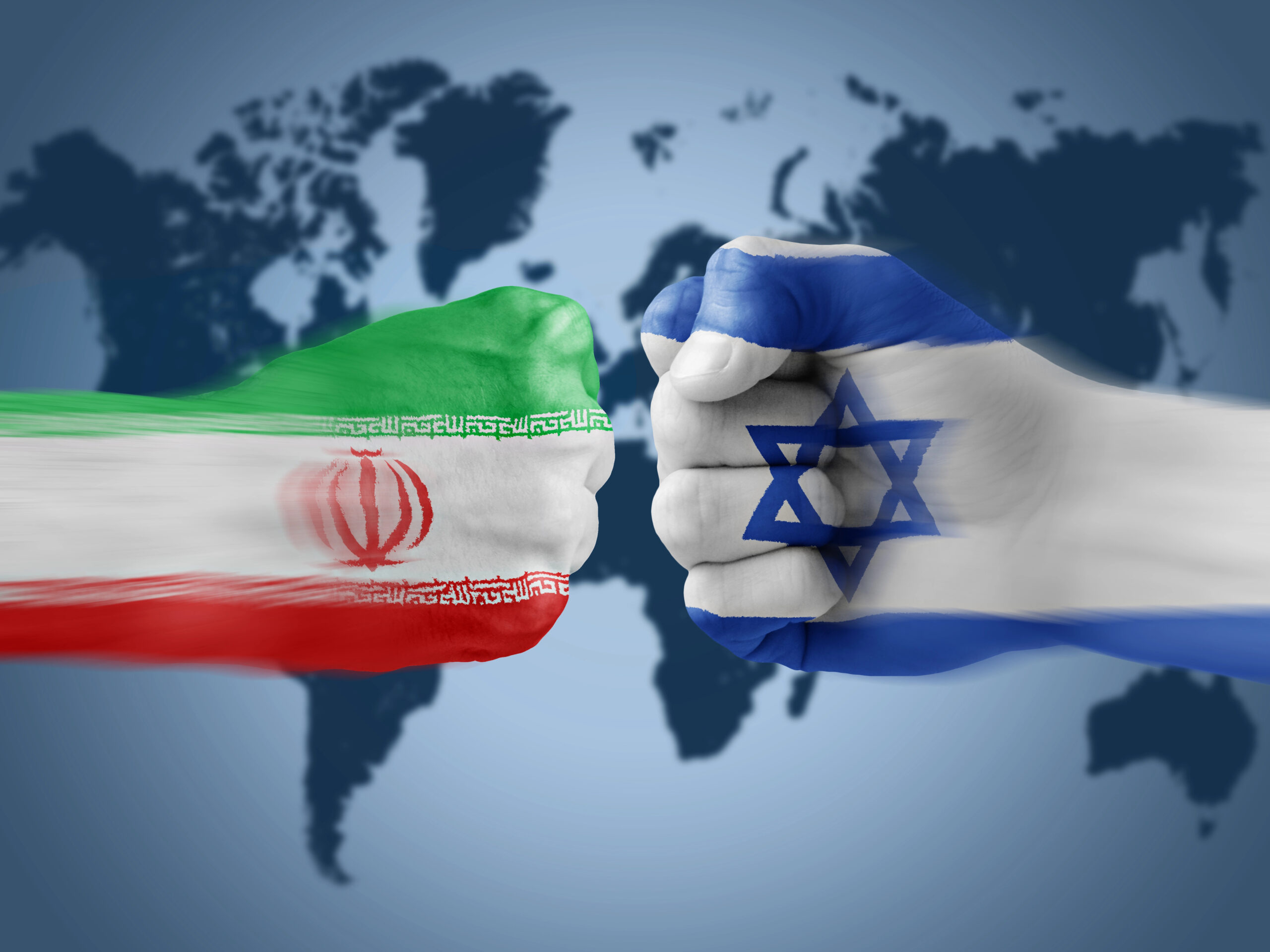In the current geopolitical landscape of West Asia, the ominous specter of conflict looms once more, with Israel and Iran finding themselves embroiled in an escalating crisis. At the core of this turmoil lies a pressing question: should the worst-case scenario materialize, who will emerge triumphant?
At first glance, the numerical advantage appears to favor Iran. With a population of approximately 89 million, significantly larger than Israel’s 10 million, and boasting one of the largest military forces in the region, Iran appears to hold the upper hand on paper. Its armed forces comprise over 580,000 active duty personnel and 200,000 trained reservists, dwarfing Israel’s 170,000 active troops and 465,000 reservists. Moreover, Iran’s expansive navy, formidable tank fleet, and abundant fuel reserves further bolster its apparent military prowess.
Yet, numbers alone fail to paint the complete picture. Qualitative factors, such as training, technological advancement, and financial resources, also exert a significant influence. In this regard, Israel emerges as the clear frontrunner. Despite Iran’s substantial GDP of $413 billion, Israel’s economic might, with a GDP of $539 billion, enables it to allocate a military budget nearly 2.5 times larger than Iran’s. Additionally, Israel benefits from unwavering support from the United States, receiving a staggering $3.8 billion in annual military aid. This alliance has equipped Israel with cutting-edge weaponry and unparalleled force readiness, solidifying its status as one of the region’s most formidable military powers.

Turning to the specifics of land, sea, and air capabilities, the disparities become even more pronounced. While Iran may boast a larger naval force, Israel’s navy, bolstered by state-of-the-art American and European technology, maintains a qualitative advantage. In terms of air power, Israel’s arsenal of 612 aircraft, including advanced fighters like the F-15, F-16, and F-35, outstrips Iran’s aging air fleet. Despite Iran’s strategic deployment of mass-produced weaponry, such as ballistic and cruise missiles capable of striking targets up to 2,000 kilometers away, Israel’s superior technology and combat proficiency pose a formidable challenge.
Moreover, Iran’s alignment with allies like Hezbollah, armed with an extensive arsenal of rockets and missiles, introduces another dimension to the conflict. Yet, Israel’s purported possession of nuclear capabilities adds a potent element of uncertainty, underscoring the high stakes of any escalation.
In this volatile standoff between numerical strength and technological superiority, the outcome remains uncertain. However, one certainty looms large: the devastating toll of conflict on the region and its millions of inhabitants. As tensions escalate, the specter of a full-blown war between Iran and Israel serves as a stark reminder of the fragility of peace in West Asia.

